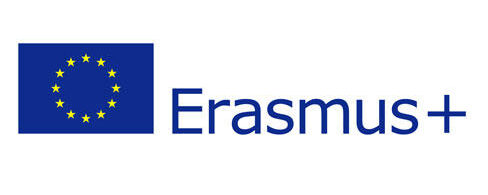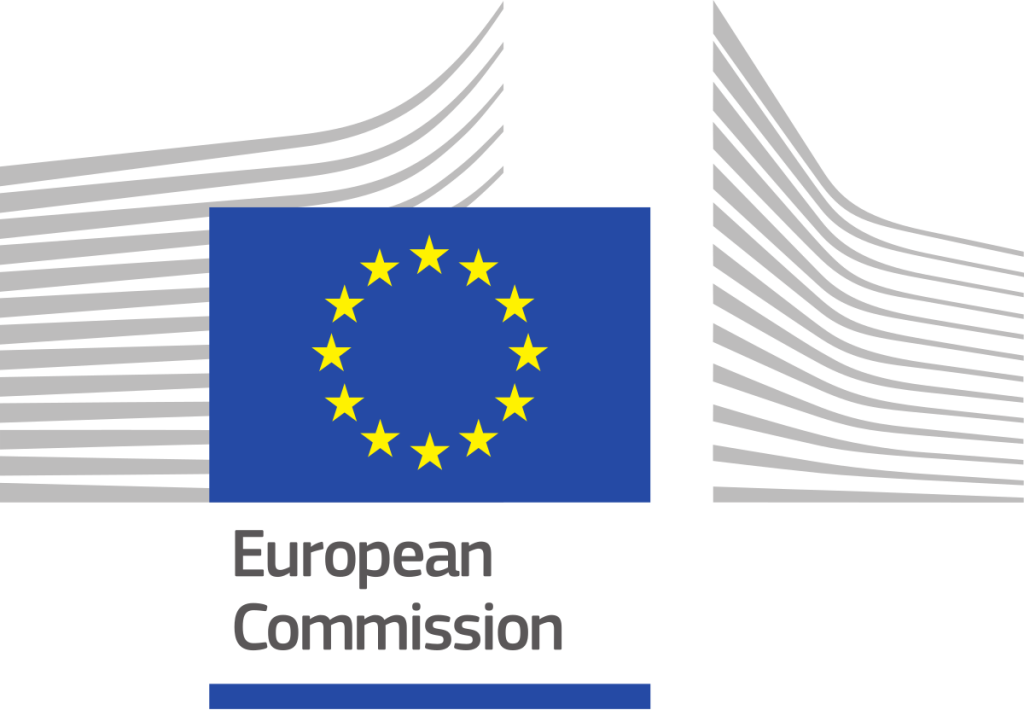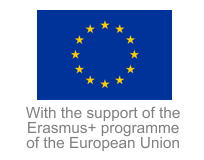National Erasmus + Office +382 20 223 087
Field monitoring of the CBHE projects
In 2016, EACEA has adopted a new Monitoring Strategy covering both the Capacity-Building in Higher Education (CBHE) projects and the Tempus IV projects, taking into consideration that nearly all the regions of the world (ex-Tempus countries, Latin America, Asia, ACP, South Africa, Iran, Irak and Yemen) are now covered by the CBHE action.
The purpose of this document is to present the monitoring strategy and function as practical guidelines for its implementation.
The main objective of monitoring is to assess the progress and achievements of the projects and in particular with a view to:
- Verify to what extent the project’s implementation is consistent with EU policy and priorities,how its achievements and results contribute to the E+ programme’s objective of modernising Higher Education Institutions and Systems in the Partner Countries and to what extent they address the specific needs of the Partner Countries;
- Support and advise the beneficiaries in view of ensuring that the consortium implements the project in line with the E+ programme overall objectives requirements and with the specific objectives of the project;
- Identify potential risks and challenges, and if necessary, proposing actions and solutions;
- Ensure sound and efficient management of funds based on administrative practices and reporting document, checking compliance of the costs incurred with the Grant agreement and the Guidelines for the use of the grant;
- Maximise the sustainability prospects identifying and disseminating best practices;
- Provide feedback about the projects’ results and achievements to the Commission for policy making and exploitation of results;
- Encourage synergies with other Capacity-Building projects or international projects financed through other sources of funding.
Different Types of Monitoring Activities
In accordance with the reinforced focus of the Commission to strengthen the impact monitoring of projects and to operate on a risk-assessment basis, three types of monitoring activities can be distinguished namely at project level, at institutional level and at the level of the action:
- Monitoring of individual projects: Individual monitoring mission to one single project in order to evaluate its progress and achievements.
- Monitoring of Higher Education Institutions: One institution involved in a significant number of Tempus IV or CBHE projects in a Partner or a Programme Country is visited in order to assess the institution’s project management mechanisms and, for institutions located in Partner Countries, to analyse the projects’ achievements and sustainable impact on the institution and its stakeholders (students, staff, local community, etc.).
- Monitoring of the action: Monitoring is carried out in order to evaluate the Action/Programme impact. This type of monitoring is implemented through joint meetings of projects (cluster meetings) grouped on thematic or geographic grounds. It aims at verifying the impact of the Action/Programme in a specific country, region and/or field of activity.
The three different types of monitoring will enable to assess (a) the progress and achievements of the projects, (b) the short and long-term effects of the project results on the institutions involved and (c) the impact of the projects/action on the countries’ educational systems.
Reinforcing the monitoring of the action’s impact and of the projects’ sustainability will also strengthen the relations between programme implementation and policy making.
New monitoring modalities for the new regions
In the ex-Tempus countries, the monitoring of projects is a shared exercise between the Agency and the National Erasmus Offices (NEO).
Given that the absence of NEOs in new regions (e.g. Asia, Africa and Latin America) and given that there is a need to maximize the human and financial resources available, new modalities have been introduced in the monitoring approach targeting these regions. The aim of these new monitoring modalities is to diversify monitoring approaches and to increase the number of contacts with the project consortium through, e.g.
– supporting the project in its early days by contributing to its kick-off meeting(s) (e.g. by audio or video conferencing);
– inviting project coordinators to meetings in Brussels (e.g. grant holders and kick-off meetings organised in Brussels, individual meetings with project coordinators, organisation of thematic cluster meetings, etc.);
– organising meetings in Partner Countries with several universities participating in different projects so as to support their implementation, address their concerns and ensure adherence to the programmes’ objectives and requirements.
Role of actors
A4 Staff
A4 is responsible for the overall coordination and implementation of the field monitoring policy. It is responsible for the definition of the methodology.
A4 staff may initiate a field monitoring mission or join a monitoring exercise undertaken by an NEO. Both approaches are encouraged. In both cases and when available, A4 staff relies on NEOs to facilitate the organisation of the visit and for practical arrangements.
In those countries/regions with no NEO, A4 staff will liaise with the organisations to be visited and maintain close contacts with the EU Delegations in Partner Countries or with the International Contact Points (ICPs) in Programme Countries.
The monitoring visit can be carried out by:
– The Project officer in charge of the day-to-day management of the project and, therefore, responsible for preparing, carrying out and ensuring the follow-up of the monitoring visit.
– A Financial officer who accompanies the project officer when financial problems/irregularities have been identified in the implementation of a project and/or in the context of institutional monitoring visits in order to assess the quality of the project financial management mechanisms in place in the institution.
National Erasmus+ Offices (NEOs)
Field monitoring is a major task of the NEOs. Since they operate locally and are specialists in their higher education systems, NEOs are suitable bodies to undertake and carry out field monitoring activities in their countries.
Although during their monitoring visits NEOs should assess the level and quality of the project implementation, as well as give advice on operational aspects (related for instance to the specificities of the educational sector or the legal constraints and requirements in their country), the main objective of their monitoring activities is to help increasing the relevance, impact and sustainability of the project results in their country.
In this context, it is important to underline that NEOs play no role in the contractual frame which links beneficiaries and the Agency; neither in any matter which falls within the competence of the public authorities. Although they are not requested to control the financial aspects of project management, NEOs are nevertheless invited to make any useful recommendation to the Agency concerning, for instance, the need to conclude a budgetary amendment or to grant a justified extension to the project eligibility period.
NEOs will carry out most of their project monitoring visits on their own following their annual monitoring plan defined by the Agency. However some of these visits will be implemented jointly with the Agency (either to projects previously identified in the NEOs monitoring plan or to other projects specifically targeted by the Agency because of their risk or perceived impact).
In addition to the monitoring of individual projects, NEOs are also encouraged to organise regularly cluster meetings of projects in order to assess their joint impact on the national higher education sector and on the society at large. These cluster meetings should not only involve project representatives but also local stakeholders such as public authorities, socioeconomic actors, NGOs, etc. EU Delegations should also be invited to attend in order to increase the visibility of the EU support.
Other actors
– General Directorates (EAC, DEVCO, NEAR, FPI): the annual monitoring visits and missions strategy and overall planning is shared with the relevant DGs. These actors might also participate in the monitoring visits, especially, if the monitoring visit is combined with other missions (e.g. promotion events).
– EU Delegations: the Agency informs EU Delegations about missions/monitoring visits to Partner countries. They can be involved to increase the visibility of the activity, in particular on the occasion of Institutional monitoring visits and for clustering meetings.
– External expert: in certain cases, an external expert can be associated to an institutional visit or to a cluster meeting. The expert will provide an external and independent perspective which will complement the findings of the Agency.
– Erasmus+ International Contact Points: for visits taking place in Programme Countries, the Agency may decide to invite the International Contact Point in order to provide advise of issues related to the national higher education context and/or to any other legal constraint that may impact the project implmentation.
Reporting on monitoring activities
For each monitoring visit implemented by the Agency and/or the NEO, the former sends a feedback letter/email to the coordinating institution with copy to the NEO (when applicable) and any other party concerned (e.g. the contact person in the HEI visited, the EUD, the ICP, etc.).
This letter/email includes the visits conclusions, findings and recommendations, and if necessary, an action plan to be followed by the project and reported to the Agency by a given deadline.
These findings and recommendations are extracted from a detailed monitoring report drafted by the evaluator (i.e. the NEO/EACEA staff or, when applicable, the expert who accompanied the visit) for each monitoring visit undertaken and which includes all relevant recommendations for the achievement of the project.
Similar reports are drafted after the implementation of Institutional Visits or, when applicable, the organisation of Cluster Meetings and circulated to the parties concerned in the Commission and the Partner Countries (NEOs, National Authorities, EUDs).
Field Monitoring Modalities
There are 4 main types of field monitoring modalities:
- Monitoring visits to single projects
- Institutional visits to Higher Education Institutions in the Programme Countries
- Institutional visits to Higher Education Institutions in the Partner Countries
- Cluster meetings (Geographical and thematic)
Contact details of the EACEA project officers are available at following link: https://eacea.ec.europa.eu/sites/eacea-site/files/2016-_list_po_per_project.pdf







casibom guncel giris adresi: casibom guncel giris – casibom guncel giris
casibom guncel giris
se puede comprar viagra sin receta: viagra generico – comprar viagra en espaГ±a envio urgente
farmacia online espaГ±a envГo internacional: comprar cialis online seguro – farmacias online seguras
farmacia online barata y fiable: farmacia envio gratis – farmacia online 24 horas
farmacias online baratas: Tadalafilo precio – farmacias online seguras en espaГ±a
farmacia online piГ№ conveniente: Cialis generico controindicazioni – farmacia online senza ricetta
Farmacie on line spedizione gratuita: Farmacie online sicure – migliori farmacie online 2024
viagra generico in farmacia costo: viagra – viagra generico prezzo piГ№ basso
comprare farmaci online all’estero: Cialis generico controindicazioni – comprare farmaci online all’estero
top farmacia online: Tadalafil generico migliore – п»їFarmacia online migliore
ventolin for sale: Ventolin inhaler – ventolin canadian pharmacy
lasix 40mg: buy furosemide – lasix furosemide
prednisone 20mg by mail order: 20 mg prednisone – prednisone 50 mg canada
online pharmacy canada: Pharmacies in Canada that ship to the US – best rated canadian pharmacy
online shopping pharmacy india: indian pharmacy – best online pharmacy india
good price https://rybelsus.tech/# Buy compounded semaglutide online
rybelsus cost